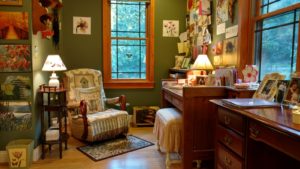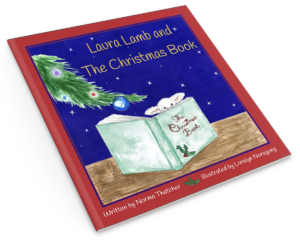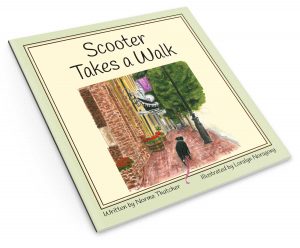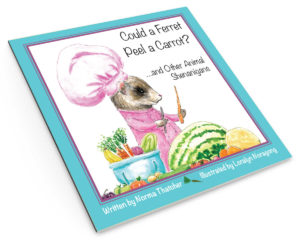
Unless you’ve been living under a rock for the past few years, you’ve heard of “tiny houses.” These houses typically fall in a range of 300-400 square feet. They’re compact and the best ones find ways to seemingly put every inch to work.
This is huge contradiction to a McMansion. That term was added to the Oxford English Dictionary in 1996, and is loosely defined as a large, imposing-looking house with architectural features that don’t fit in with a suburban environment.
I’m not interested in a showy house, and I don’t see myself being comfortable in a tiny house. Like my dress size, medium seems to work for me.
In my “Goldilocks-just-right” home, one of my favorite spaces is the next-to-smallest room in the house—my writing room. This is my private space.
Architect and author Sarah Susanka refers to the concept as a “place of one’s own.” The textbook A Pattern Language (by Christopher Alexander and five others) defines the pattern as “a room of one’s own,” named after an essay by Virginia Woolf called just that.
This pattern was originally based on a 1955 study by sociologists Nelson Foote and Leonard Cottrell. While it’s vital that we humans have interaction with others in order to build empathy for our fellow human beings, the study showed if others are “too constantly present” (Wow. I love that phrase.), we may “develop a protective resistance to responding to them.”
Likewise, sociologist Alexander Leighton noted essentially that an on-going lack of privacy can drive us crazy!
Writer Joseph Campbell spoke on the subject by saying we each need “a sacred space.” That’s a “place where you can simply experience and bring forth what you are and who you might be.”
I like being alone. I treasure my private time when I can close the door against the noise and distraction of a busy world. Some solitude every day makes me a better person.
A huge area for your own private place isn’t required. You need only a small space, big enough for you yourself to be comfortable. Ms. Susanka’s own space was created in a small attic hideaway. Others have carved out spaces in corners of rooms. Be creative and find your own sacred space, wherever you call home.
A favorite fragment of poetry by William Wordsworth goes like this: “The world is too much with us…” That was written in 1806! How true that still is for most of us. Think about your own life today and how overwhelmingly occupied we keep ourselves.
We need our own sacred space more than ever.
To my readers: Share with us your thoughts on what an ideal “space of my own” would mean for you.




While I long for another “playhouse pottery studio” like my partner Rick built for me 19 years ago (350 miles from where we now live), my “office house” is my new “personal space” where i can re-group via nostalgic items, color therapy, and solitude.
Tell us more about your color therapy. It sounds intriguing!